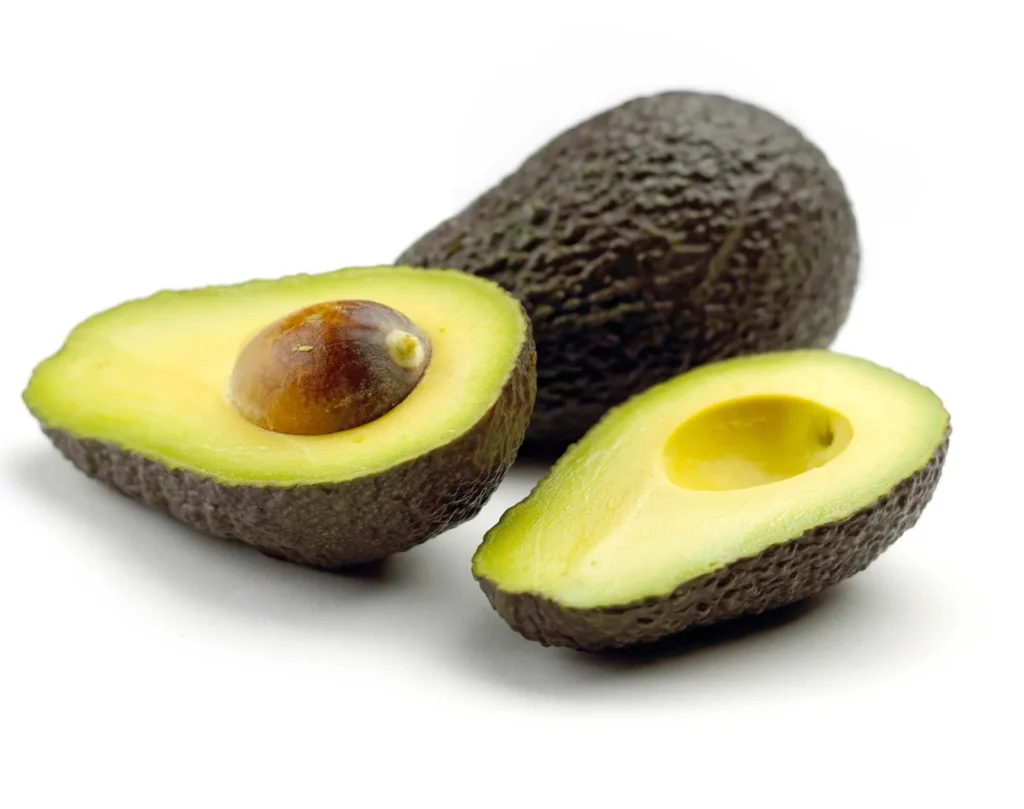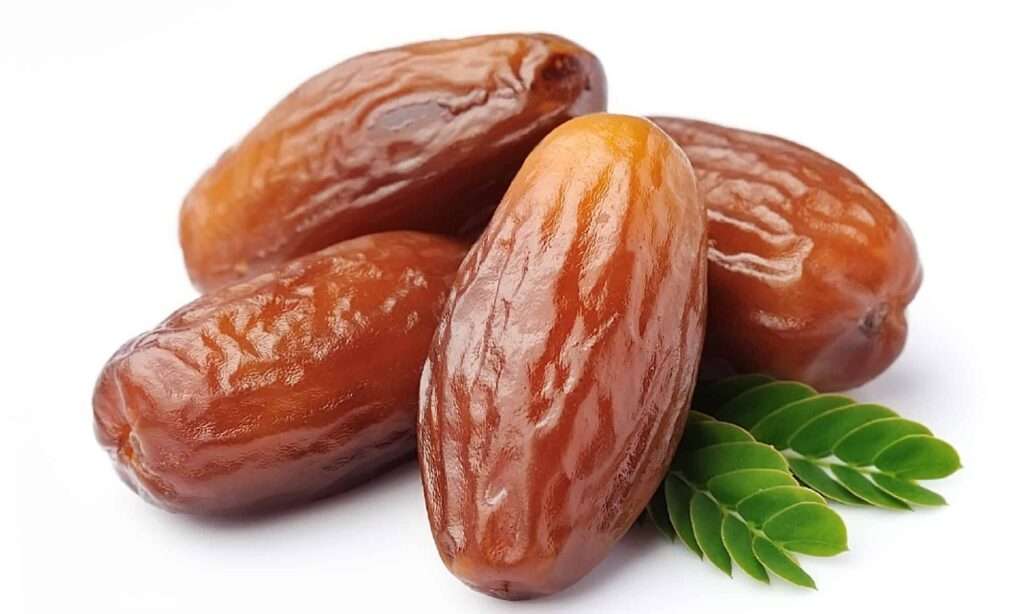
Description
Cucumis melo, a trailing vine in the Cucurbitaceae family of gourds, is cultivated for its frequently musky-scented edible fruit. Botany describes the fruits as a type of berry called a pepo. Depending on the variety, the pepo’s flesh colour, size, surface texture, shape, and flavour can vary greatly. Typically, they weigh 1-4 kilograms. Cantaloupes and netted melons “slip,” or easily break, where the fruit and stalk touch, when they are fully ripe. Honeydews and casabas are ready to be plucked from the vine when they turn yellow. The reason they are referred to as winter melons is because they slowly mature in storage over a period of many weeks, becoming softer but not noticeably sweeter.
Varieties
Cucumis melo, which contains muskmelons, cantaloupes, and honeydews, is one of two species that make up the fruits. Watermelons, also known as Citrullus lanatus, include sugar babies (which resemble traditional watermelons but are significantly different) and yellow watermelons.

Uses
The majority of melons used in commerce are sweet and best consumed raw, however some can be preserved or pickled.
Nutrition
Cantaloupe has only 53 calories per cup, but it also includes 95 percent of the recommended daily intake of vitamin C and 106 percent of the daily value for vitamin A. Additionally, it is a good provider of folate and potassium.
Cultivation
Because they are delicate plants, melons require heat to germinate and flourish. Sow two seeds per tiny pot at a depth of 1.5 cm (12 in) to begin the seeds in mid- to late April. They need to be kept at 18–21°C (64–70°F) to germinate, hence a heated propagator is advised. Another option is a constantly warm, sunny windowsill.
Table





